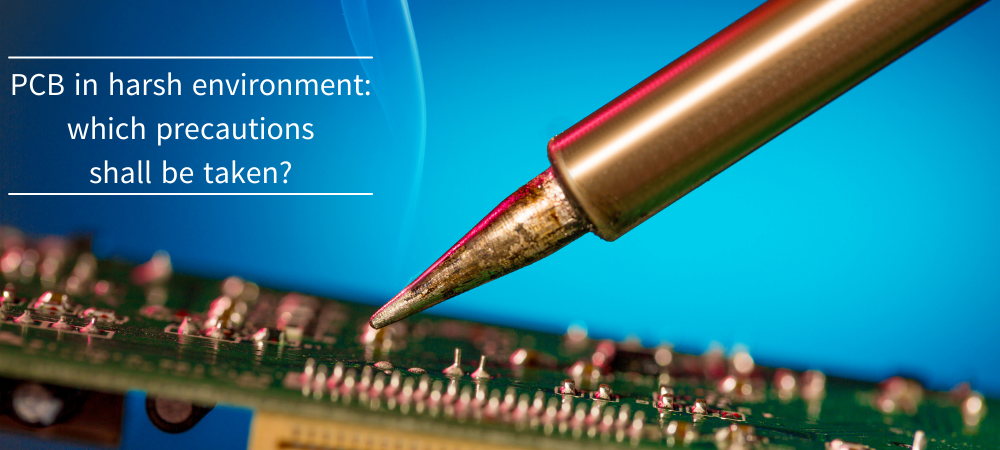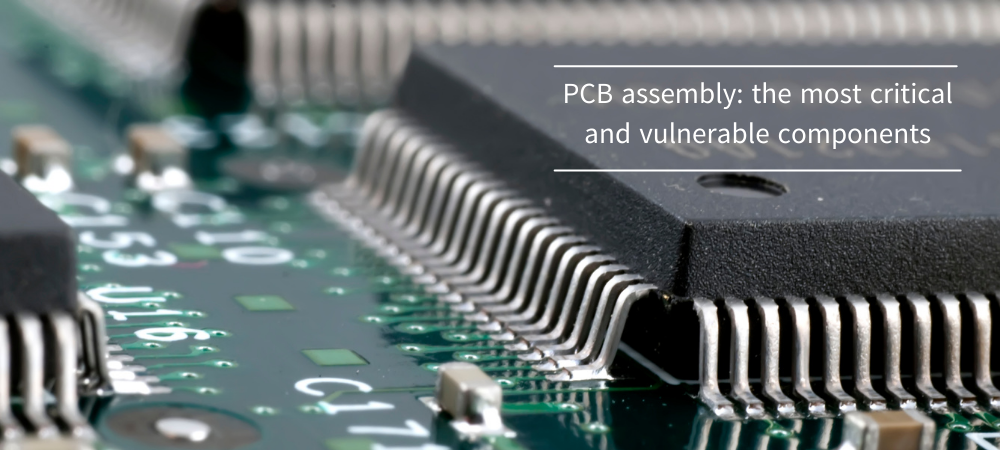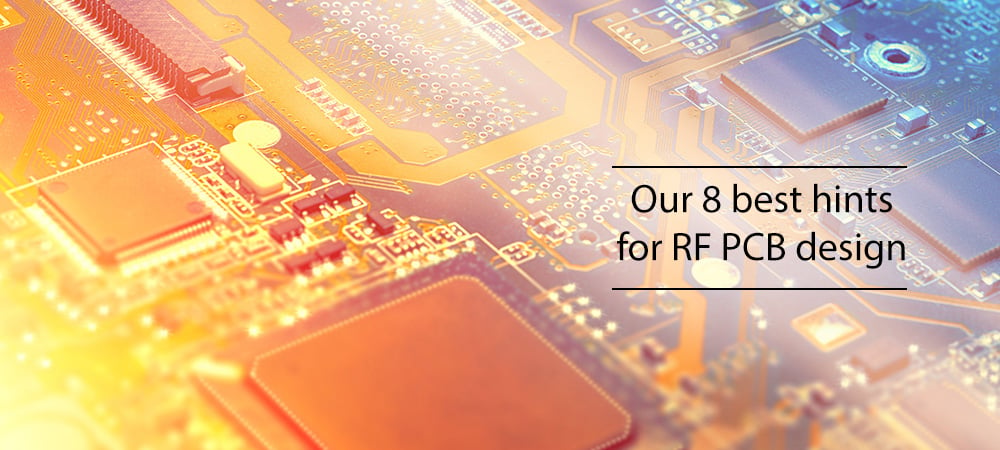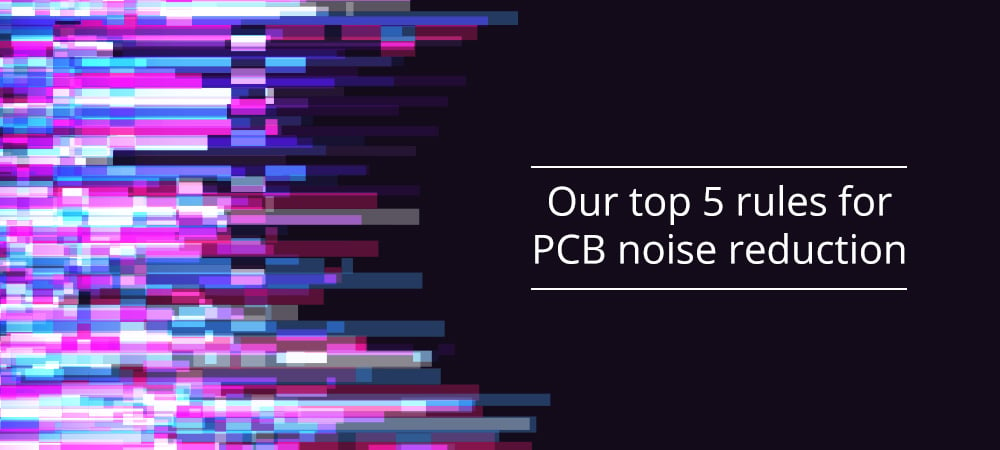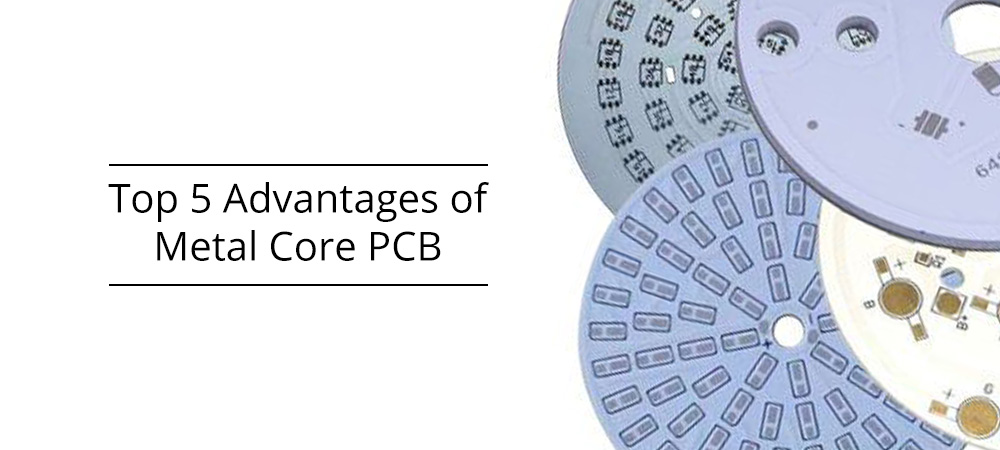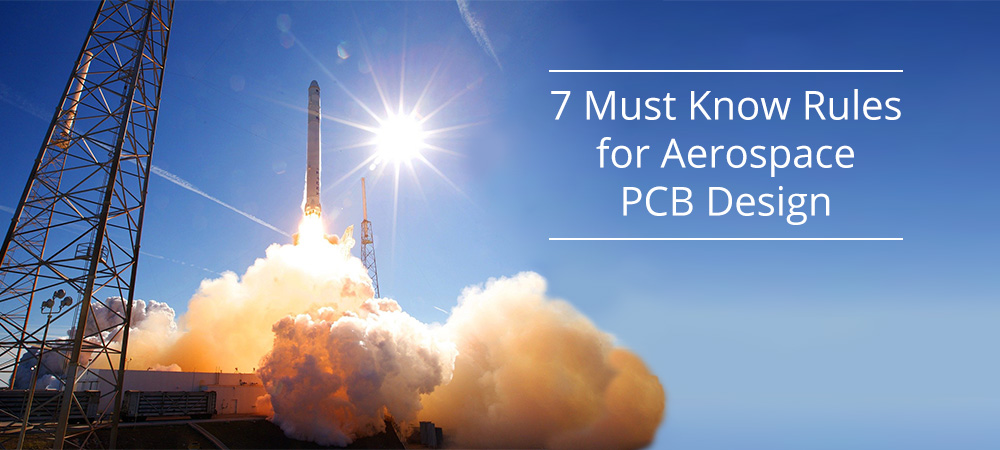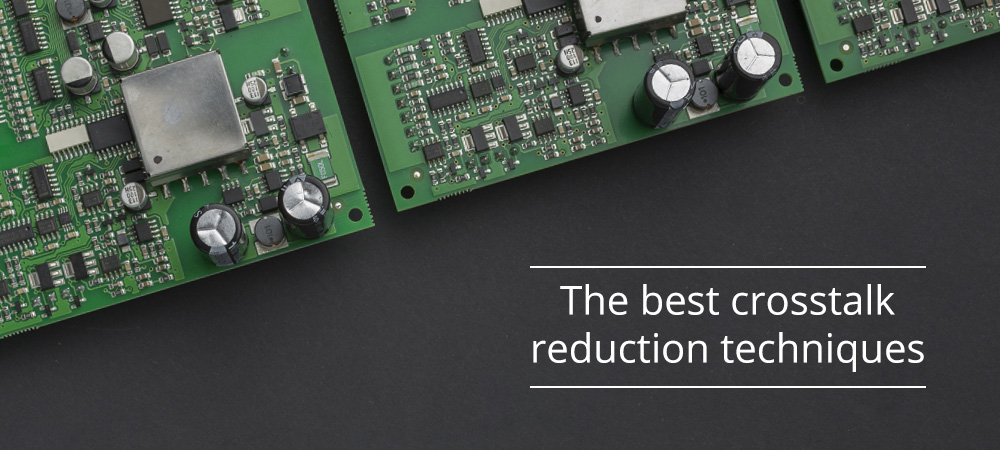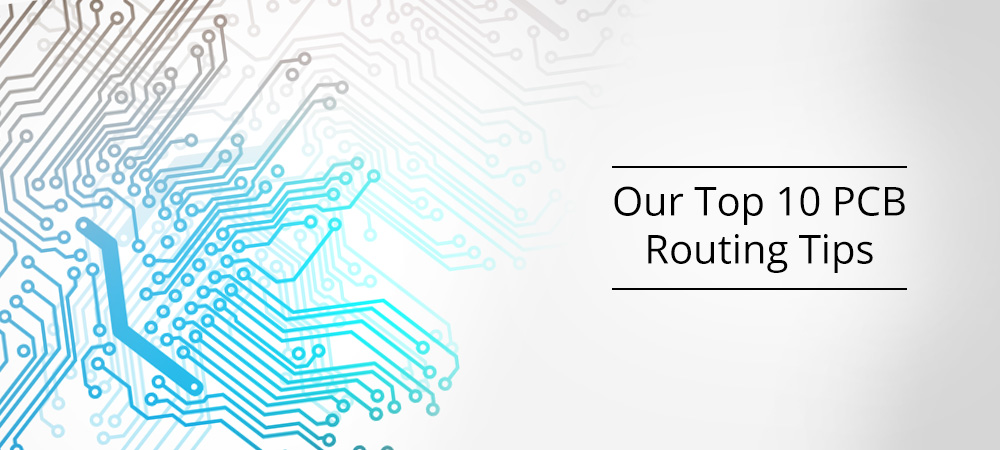Some categories of electronic devices must operate in particularly severe conditions, such as salt spray, salt, dust, sand, or extreme temperatures. To ensure that the electronic circuit continues to...
The assembly phase of a printed circuit, also known by the acronym PCBA (Printed Circuit Board Assembly) is the process by which the various components necessary to make an electronic circuit are...
In technical terminology, we can talk about RF PCBs when the operating frequency of signals is higher than 100 MHz. This category includes microwave PCBs, in which RF signals have frequencies higher...
The enormous progress made in the electronic field has meant that the frequencies of digital signals that run through many categories of printed circuits have grown exponentially, confirming what is...
Noise represents a constant pitfall for every electronic device: even if it cannot be completely eliminated, there are techniques that, if adopted, are able to reduce it to a minimum. In general, we...
There are several terms to define this category of printed circuit boards, such as Metallic PCB, Insulated Metal Substrate (IMS or IMPCB), Metal Core PCB (MCPCB), Aluminum Clad, Aluminum Base, and...
Printed circuit boards designed for aerospace and military applications shall have a high degree of reliability and robustness, without offering any margin for error. Challenging applications, such...
Crosstalk is one of the most insidious and difficult to solve issue that printed circuit boards can run into. The worst thing is that it usually occurs only in the final phase of a project and,...
The design of a printed circuit board (PCB) is divided into several phases, all of which are important and indispensable to achieve the goal that each designer sets himself: to create in a short time...

